Keeping up with technology is not just a matter of staying relevant; it’s the key to survival and success. Legacy applications, once the pride of your IT infrastructure, can quickly turn into burdens that weigh your organization down. They could be holding you back from achieving your full potential, both in terms of productivity and innovation. Let’s look into nine telltale signs that scream, “It’s time for a change!” Discover the transformative power of Legacy App Modernization.
The “7 Rs” of Legacy App Modernization:
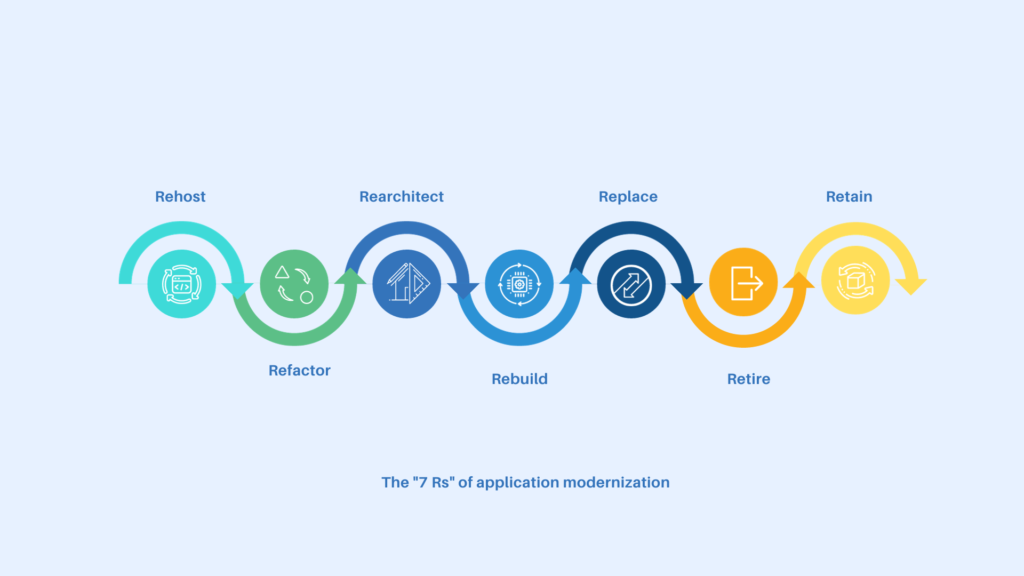
- Rehost (Lift and Shift): Move existing applications to a new infrastructure without significant changes.
- Refactor (Re-architect): Make code and architecture modifications to improve functionality and performance.
- Rearchitect: Make significant changes to the application’s architecture, possibly adopting modern patterns.
- Rebuild: Rebuild the application from scratch using a different technology stack.
- Replace: Replace the existing application with off-the-shelf software or a new custom-built solution.
- Retire: Decommission or phase out applications that are no longer needed.
- Retain: Keep existing applications without significant changes, suitable for stable and critical systems.
Essential Signs Your Legacy Apps Need Modernization
-
Frequent Downtime and Performance Issues
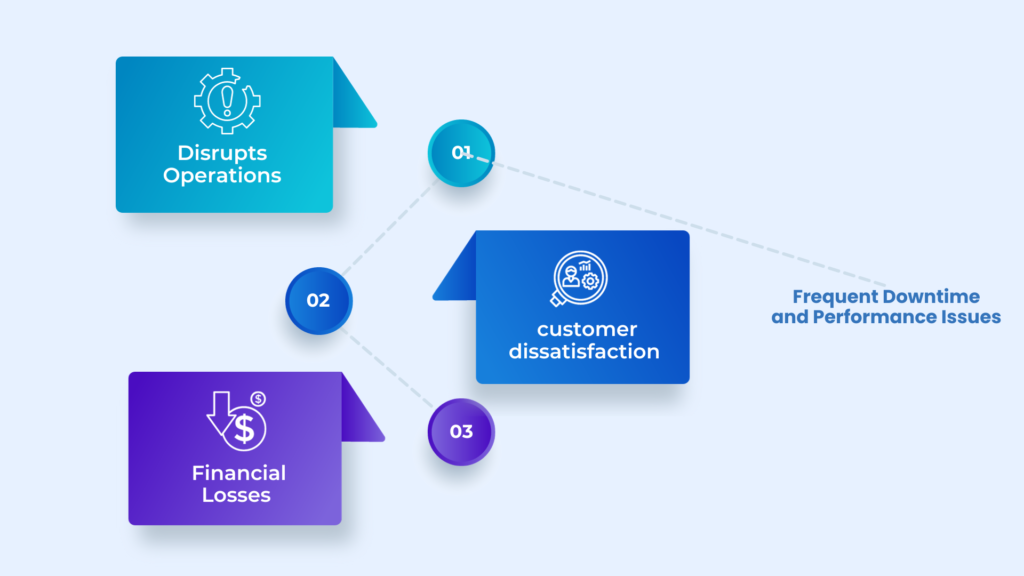
One of the most apparent indicators that your legacy applications require an overhaul is the prevalence of downtime and performance issues. When your system frequently crashes or lags, it not only disrupts operations but also leads to customer dissatisfaction. These disruptions can result in substantial financial losses. Legacy App Modernization can lead to a significant reduction in downtime and an overall improvement in operational efficiency.
-
Lack of User-Friendly Interface
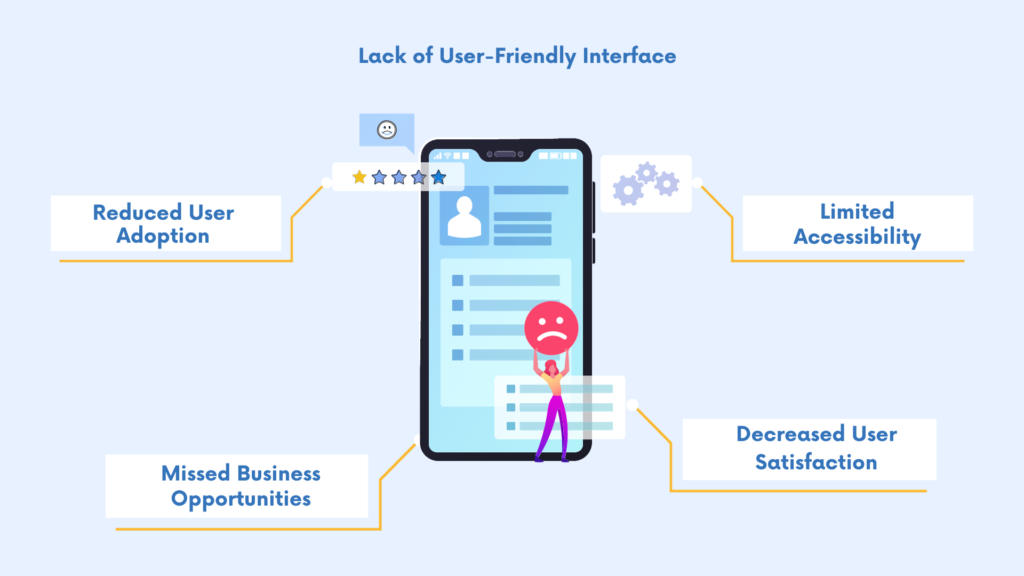
Modern users expect intuitive and user-friendly interfaces. Outdated applications with clunky and outdated user interfaces can hinder user adoption and satisfaction. A user-friendly redesign can significantly improve user experience and drive better engagement.
-
Incompatibility with Modern Technologies
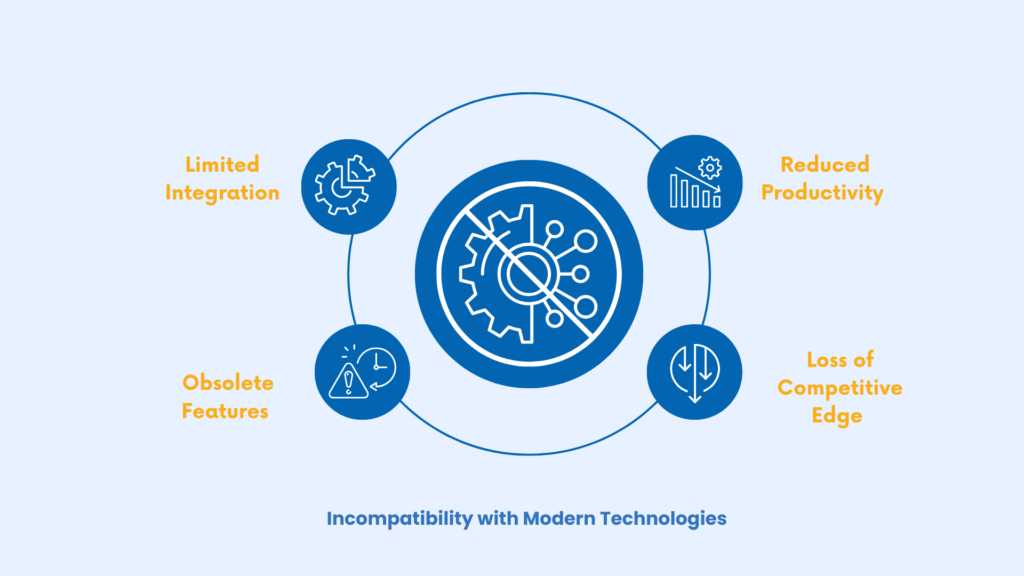
In a world where technology evolves at a breakneck pace, legacy applications often struggle to keep up. When your applications can’t seamlessly integrate with new tools and technologies, you miss out on valuable features and insights. Upgrading can unlock the potential for more efficient and advanced operations.
-
Security Vulnerabilities
Outdated software is more vulnerable to security breaches, and with cyber threats growing increasingly, maintaining up-to-date security measures is crucial. Modernizing your applications can enhance data security and protect against potential breaches.
-
High Maintenance Costs
Legacy applications often come with elevated maintenance costs. As these systems age, finding qualified professionals to support them can become increasingly difficult, leading to rising expenses. A modernization effort can significantly reduce maintenance costs and provide access to more cost-effective support solutions.
-
Poor User Experience
Legacy applications often result in a frustrating user experience. If employees or customers find it challenging to navigate, access information, or perform tasks within the application, it can result in decreased productivity and dissatisfaction. Modernization can lead to a more user-friendly interface and a substantial increase in user satisfaction.
-
Data Integration Challenges
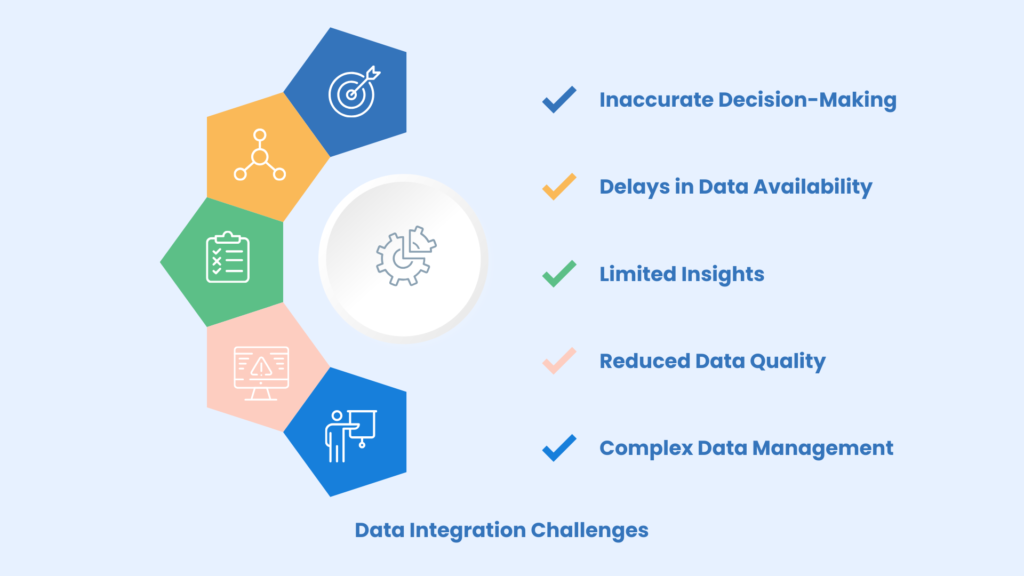
In today’s data-driven world, the ability to integrate and analyze data from diverse sources is essential. Legacy applications often lack the flexibility to seamlessly integrate data from various platforms and applications. Modernization can streamline data integration and provide better insights for decision-making.
-
Limited Scalability
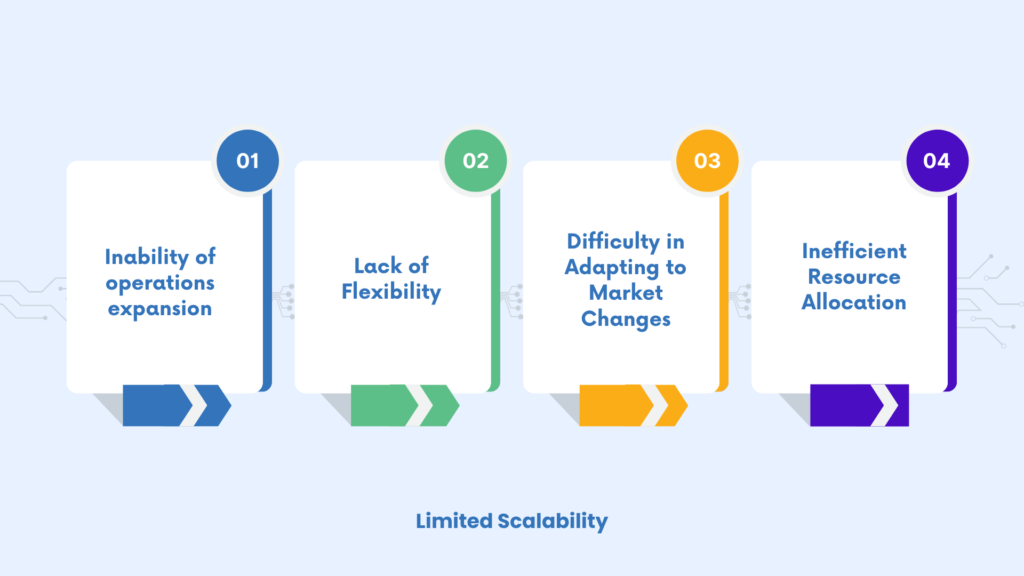
For businesses experiencing rapid growth, scalable systems that can adapt to changing needs are essential. If your legacy applications can’t accommodate expansion, upgrading to more scalable solutions is a necessity to support your growing operations.
-
Compliance and Regulatory Issues
Regulations are constantly evolving, and legacy applications may struggle to remain compliant with the latest legal requirements. Non-compliance can result in fines and damage to your organization’s reputation. Legacy App Modernization ensures compliance and safeguards sensitive data.
HazenTech: Your Guide to Seamless Legacy App Modernization
Recognizing the signs that your legacy applications need modernization is the first step in a transformational journey. HazenTech understands the unique challenges faced by businesses throughout this process. We offer tailored solutions designed to help you seamlessly transition from legacy systems to cutting-edge technology.
Our experienced team of experts will work closely with your organization to assess your specific needs, create a roadmap for modernization, and provide ongoing support to ensure a smooth and successful transition. HazenTech is your trusted partner in navigating the path to a more technologically advanced and prosperous future. Get in touch today to Revitalize operations, cut downtime, enhance user experience, and ensure compliance in a dynamic tech landscape.








